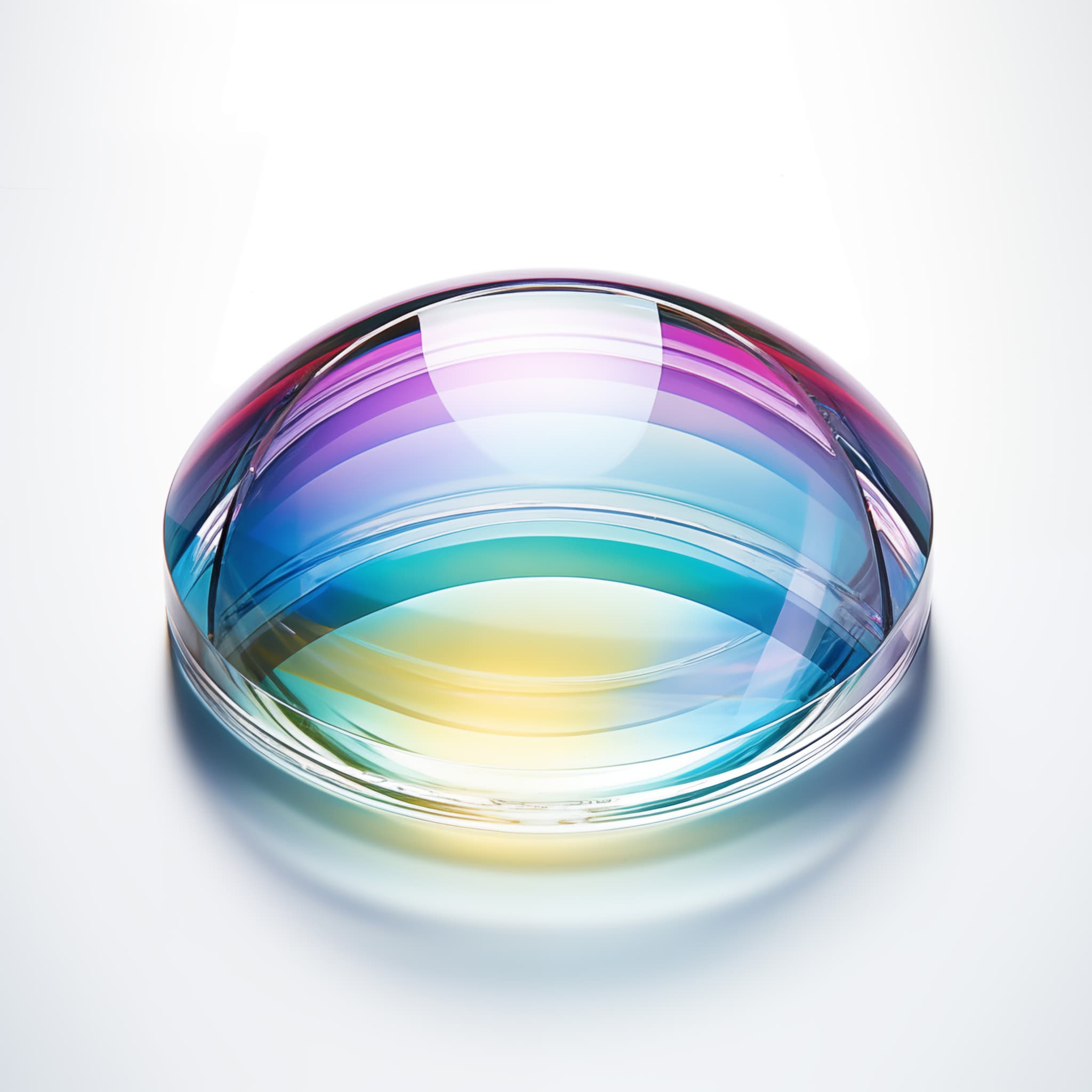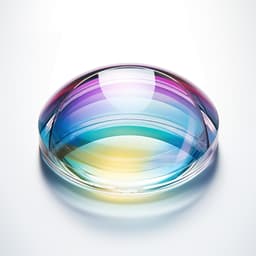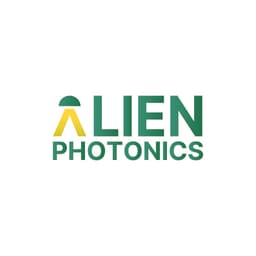


Plano-Convex (PCX) Spherical Lenses (Uncoated and AR coated)
PCX lenses are optical component with positive focal length. You can choose focal length/radius of curvature, material and other characteristics to build your lenses using Alien Photonics form.
Estimated Shipping Date: November 18, 2025 - December 2, 2025
* - Shopping cart pricing is based on the most recent pricing and it is NOT ORDERING, but requesting an official quotation which should typically reach You within 1-2 business days.
- Description
- Applications
- Types
Plano-Convex (PCX) lenses: description, purpose and main functions
What is Spherical Plano Convex (PCX) Lens?
Plano-Convex (PCX) lenses are very often used type of lenses. One face is polished and flat (plano, plane). The second face is curved outwards in sphere shape. This shape results in positive focal length. While plano-concave (PCV) spherical lenses are curved inwards, with negative focal length. Lenses with both surfaces curved outwards are called double-convex (bi-convex) lenses, which can bend light more significantly (shorter focal length).
What is the purpose and main function of Spherical Plano-Convex (PCX) Lenses?
A spherical plano-convex (PCX) lens focuses parallel light rays (e.g. laser), to a single point, enabling precise control over the beam's direction and focus. In laser-based instrumentation, these lenses help to achieve a smaller, more intense laser spot. While in various imaging devices, Alien Photonics PCX lenses enhance image clarity and detail by accurately focusing light from the subject onto the imaging sensor or eyepiece
Plano-Convex (PCX) Lenses for lasers: UV, VIS, IR, single band and broadband applications
532 nm plano-convex spherical lenses for laser scanning systems
Alien Photonics spherical PCX lens made of UVFS is used to focus a 532 nm Nd:YAG laser beam in a laser scanning system, allowing for precise targeting and high-resolution imaging. The material's high transmittance at this wavelength ensures efficient light passage and minimal loss.
1550 nm PCX lenses for fiber lasers
spherical PCX lens made of N-BK7 is utilized to couple light from a 1,550 nm laser diode into a single-mode fiber optic cable. The lens's material and curvature are optimized for the infrared wavelength, ensuring efficient light transfer and signal integrity over long distances.
10.6 µm PCX lenses for CO₂ lasers
Alien Photonics spherical PCX lens, constructed from Zinc Selenide (ZnSe), is employed to focus a 10.6 µm CO₂ laser beam onto a material's surface for precise engraving and cutting. Wide transmittance range of ZnSe makes it great choice for handling the intense focus and power density of the infrared laser beam in industrial applications.
400-700 nm (VIS) Plano-Convex lenses
In amateur and professional telescopes employing eyepiece designs, a spherical PCX lens made from Borosilicate glass is used to collimate light from distant stars at visible wavelengths (400-700 nm). The lens's material is chosen for its thermal stability and low coefficient of expansion and price, which are essential for clear, distortion-free astronomical observations.
Plano-Convex lenses types: anti-reflection coated, infrared (IR) or ultraviolet (UV) optimized
Anti-reflective (AR coated) Plano-Convex (PCX) Spherical Lens
Anti reflective coating reduces the loss of light spherical plano-convex (PCX) lenses. This improves transmittance and thus final image quality. AR coating can reduce ghosting (especially important in larger systems with lots of lenses). AR coating can be customized for specific wavelength, few wavelengths and even broad range of wavelengths.
Infrared Plano-Convex (PCX) Spherical Lens
Alien Photonics offers various materials for infrared plano-convex (PCX) spherical lenses. Including Zinc Selenide (ZnSe), Zinc Sulfide (ZnS), Germanium (Ge) and other materials. Infrared AR coating is also available upon request.
Ultraviolet (UV) Plano-Convex (PCX) Spherical Lens
UV-fused silica is popular material, but some other materials, especially fluorides CaF₂, MgF₂ and BaF₂ can even be used from deeper ultraviolet to infrared wavelengths. Making them universal choice for multi-wavelength applications. Anti-reflective (AR) coating further improves the performance of these lenses.